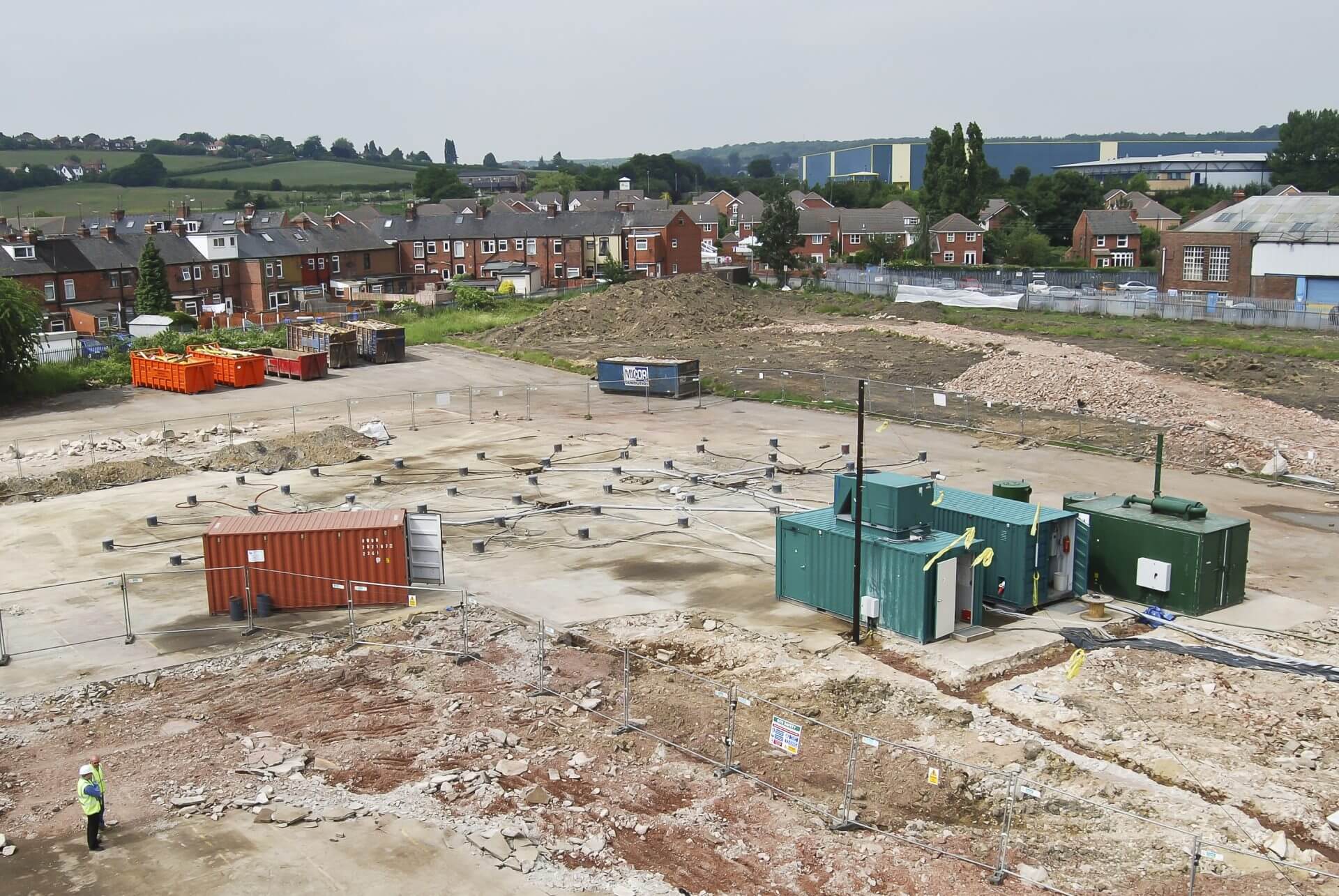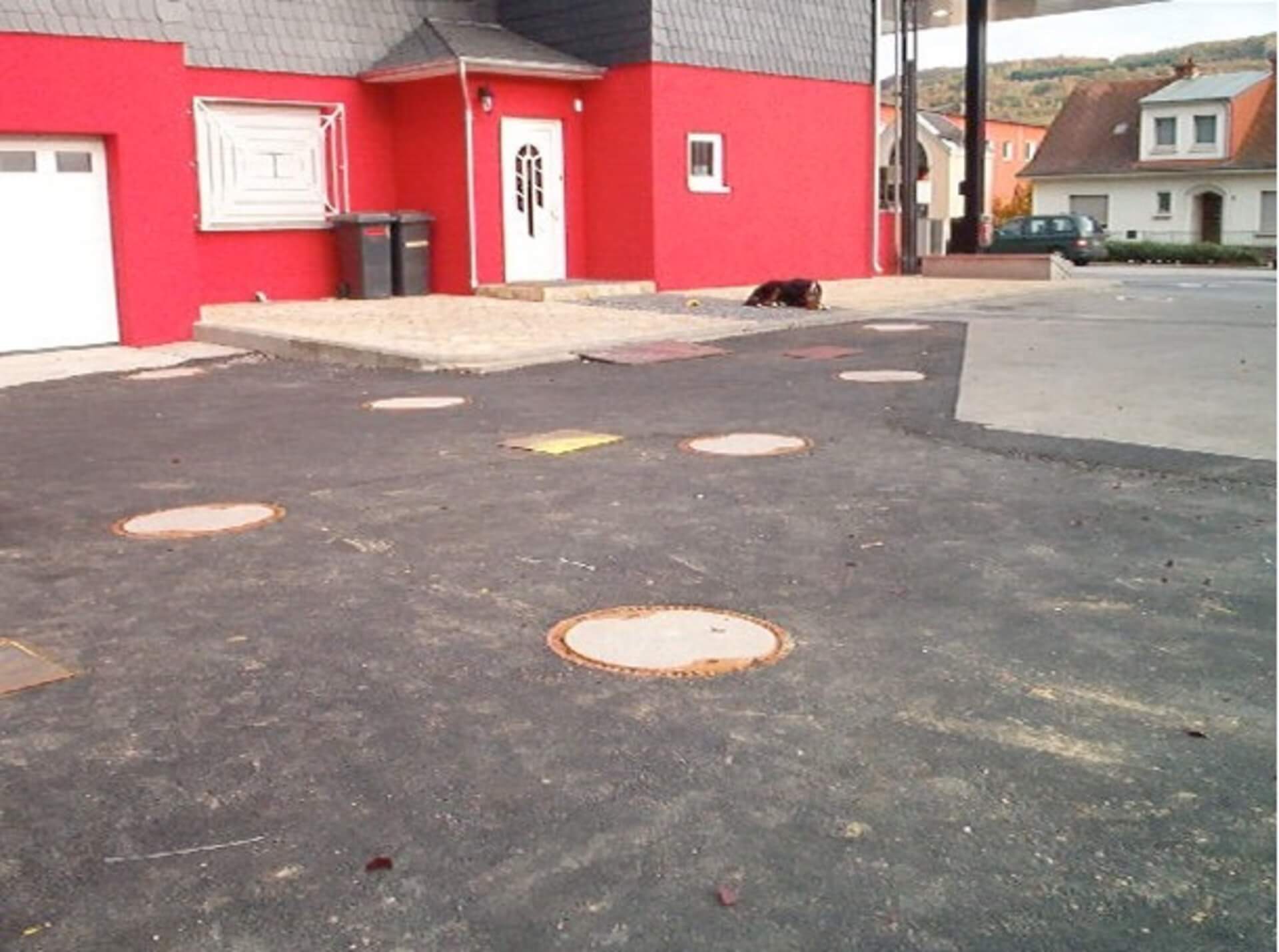
Case Study
Direct Push Injection, Delft (NL)
Location
Client
Unknown
Scope
Years after generic remedial actions, necessary to transform an industrial site into a residential area, additional plume treatment was required. The contamination consisted mainly of daughter products formed during the decay of PCE and TCE and are in the orders of several 100 ppb. PUSH-PULL tests with a mixture of protamylasse, lactic acid, and methanol, executed between 2006 and 2007 showed significant effects and gave confidence for a full-scale approach.
The new houses limited the technical possibilities to inject the mixture on a full scale. It was decided to install a central extraction well and to use the direct push method to inject the mixture. After completion of the injection works the mixture was spread throughout the plume area with help of the central extraction well. Twelve cubic meters of protamylasse was mixed with two cubic meters of lactic acid and a few hundred liters of methanol. This mixture was diluted in a 1:2 ratio with surface water
The mixture was injected between 3.5 and 5.5 m- bgl. At designated areas, where residual contamination was expected, the mixture was also injected more shallowly in a clayey formation and deeper into a peat layer. A total of 51 direct push injections were performed. Due to the relatively high volume per injection well and the relatively low permeability, some backflow was encountered. Also, preferential flow near subsurface utilities or historic excavation was seen. At three locations part of the mixture surfaced at distances varying between 2 to 5 meters from the injection points. Slowing down the injection procedure and changes in the logistic pattern resulted in minimizing the surfacing.
Nature showed to be extremely versatile. Due to surfacing near a Catalpa tree, the lactic acid caused defoliation. But after the tree had lost all of its leaves within a week after injection, it grew new leaves in a few months and restored its health completely. To minimize the damage excessive watering of the soil helped the restoration process.

